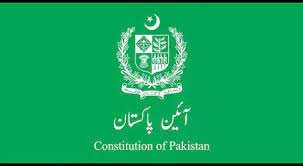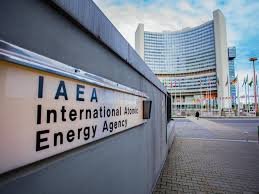Editorial
The State Bank of Pakistan (SBP) is facing a severe depletion in foreign exchange reserves, dropping nearly a billion dollars in just eight weeks, from December 13 to February 7. This worrying trend persists despite a current account surplus of $500 million in December and expectations of a modest surplus for January. The real concern, however, lies in how these surpluses are being consumed by financial account payments, primarily foreign debt servicing. This is pushing Pakistan’s overall balance of payments into negative territory for January 2025.
The financial account, which covers foreign loans and investments, is showing signs of drying up. If this trend continues, the SBP may be forced to employ limited options to sustain a current account surplus, such as allowing the rupee to depreciate further and maintaining high-interest rates. Should reserves continue to fall rapidly, we might even see the return of import restrictions.
The federal government’s narrative of economic recovery and stability sounds increasingly disconnected from reality. For instance, the surplus for the first half of FY25 has plummeted to just $544 million, compared to $5 billion last year. Moreover, foreign loans to the government have fallen by $353 million, a stark contrast to the $2 billion increase seen last year. Even Foreign Direct Investment (FDI) has been underwhelming, despite a marginal rise to $1.3 billion in the first half of FY25—far from the $100 billion originally projected.
Pl watch the video and subscribe to the YouTube channel of republicpolicy.com for quality podcasts:
Foreign investors are also pulling out of Pakistan’s stock market, despite soaring local indices, signaling a lack of confidence. Strikingly, foreign inflows were significantly stronger under the caretaker government, despite favorable macroeconomic indicators under the current administration.
As the government faces an ongoing shortfall in gross external financing—around $3.5 billion—it may increasingly rely on costly commercial loans, further straining the balance of payments. While support from international players like Saudi Arabia has been helpful, it remains insufficient, and with no clear sign of aid from the U.S. under the current administration, the future looks uncertain.
Pakistan’s private sector is grappling with high taxes, rising energy costs, and limited access to financing, all of which hinder investment and growth. The economic environment remains challenging, with the government unable to unlock the fiscal flexibility needed to escape this low-growth, low-employment cycle. While Pakistan has so far avoided default, the long-term outlook remains bleak unless the government takes bold steps to attract market-driven FDI and implement crucial economic reforms.

















